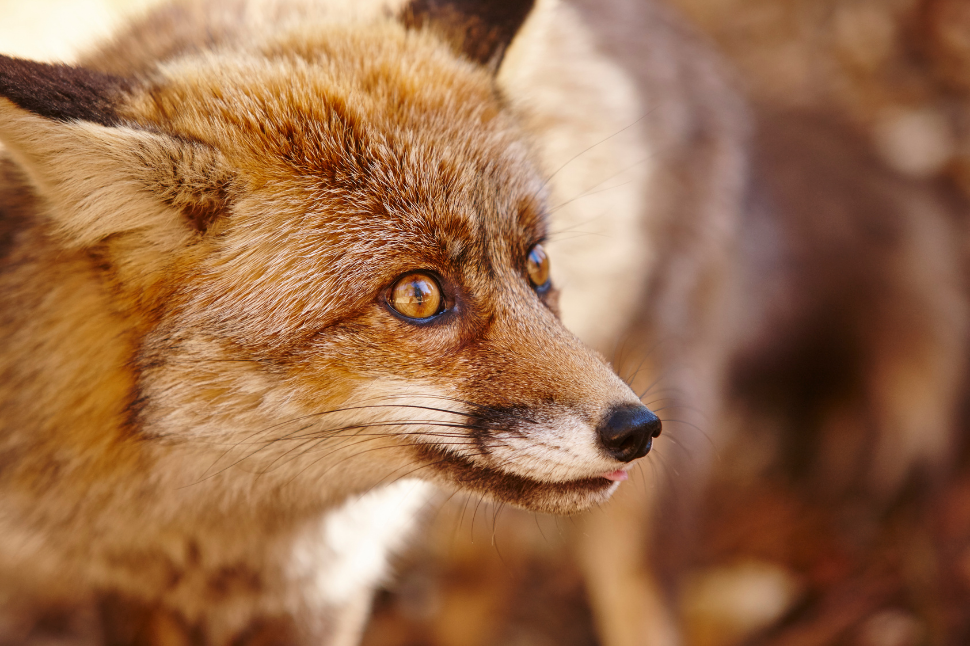What are the Three Types of Animal Restraint Techniques?

Restraint is the use of manual, mechanical or chemical means to limit some or all of an animal's normal voluntary movement for the purposes of examination, collection of samples, drug administration, therapy, or manipulation.1 In general, restraint is used to control or prevent harmful action or behavior on the part of an animal during handling, transport or medical treatment.
Based on recommendations from the American Veterinary Medical Association (AVMA), methods used “should provide the least restraint required to allow the specific procedure(s) to be performed properly, should minimize fear, pain, stress and suffering for the animal, and should protect both the animal and personnel from harm.”
There are three types of restraint techniques used for animals in veterinary medicine:
- Physical
- Environmental
- Chemical
Physical restraints limit an animal’s movement. These include, but are not limited to:
- Manual restraint by a handler (e.g., hands)
- Traps that temporarily restrain wild animals in the field
- Muzzles which prevent a frightened animal from biting a handler
- Slip leads, for non-aggressive domestic animals, such as dogs
- Rigid leads (if the behavior/temperament of a dog is unknown); these are also used by animal control and wildlife managers for foxes and badgers
- Tongs or graspers
- Nets (for some birds and smaller animals)
- Extension poles for the restraint and control of animals at a distance
- Towels, cloths and blankets
- Halters to control the head of larger domesticated animals
- Head collars (primarily for the head control of equines)
In some purpose-designed restraints such as muzzles and halters, the restraints are soft padded for the animal’s comfort and to reduce the risk of injury.
Environmental restraints control an animal’s mobility. These would include such things as temporary traps, cages, kennels, runs or stalls.
Chemical restraint includes any form of medication used not to treat illness, but to intentionally inhibit movement. This is often required in the veterinary practice to immobilize domestic animals for medical treatments (e.g., dentistry, surgery); it is also routinely required in zoo settings, and in wild animals in the field. Wild animals may be immobilized for relocation purposes, bio-measurement, ear-tagging, microchipping, vaccinations, radio collaring or deworming. In certain instances, blood and hair collection may also be performed for DNA testing.1
Veterinarians in domestic and wildlife medicine administer anesthetic drugs, using different types of delivery systems. In cooperative animals, hand-held injections or the pole-syringed administration are usually the delivery routes of choice.2With exotic animals, this is more often the case in a zoo setting or with smaller animals. If an animal is large, dangerous or uncooperative, remote delivery systems using blow darts, gunpowder explosive darts or compressed gas projectors are the most suitable choices.3
In the case of any restraint of domestic or wild animals, every effort should be made to ensure adequate and ongoing training in animal handling and behavior by all parties involved, so that distress and physical restraint are minimized.1
Interested in learning more about safe capture? The San Diego Zoo now offers courses in safe capture techniques and best practices. Learn reliable, safe, and effective techniques for the species you work with and the scenarios you encounter!
1avma.org.
2West, G., et. al. Zoo Animal and Wildlife Immobilization and Anesthesia, Second Edition, John Wiley & Sons, Inc., July 2014.
3Kreeger, T., Arnemo, J. Handbook of Wildlife Chemical Immobilization. Fifth edition, 2018


.jpg?width=352&name=year%20in%20review%202025%20(1).jpg)